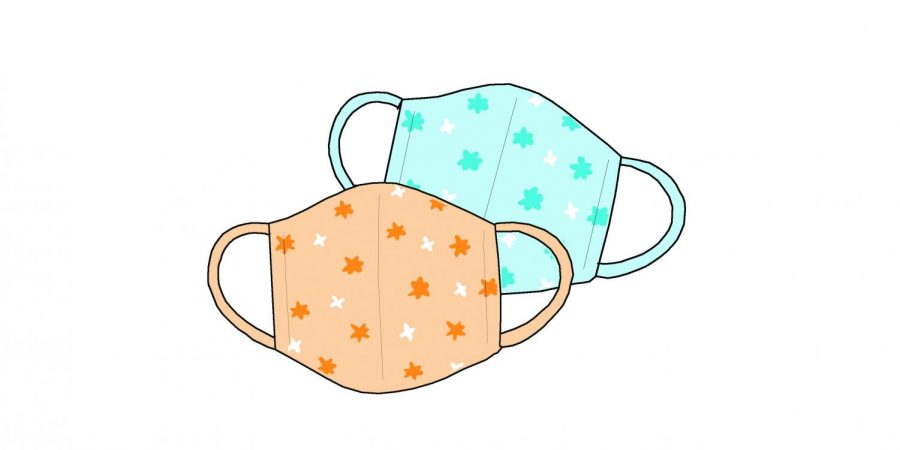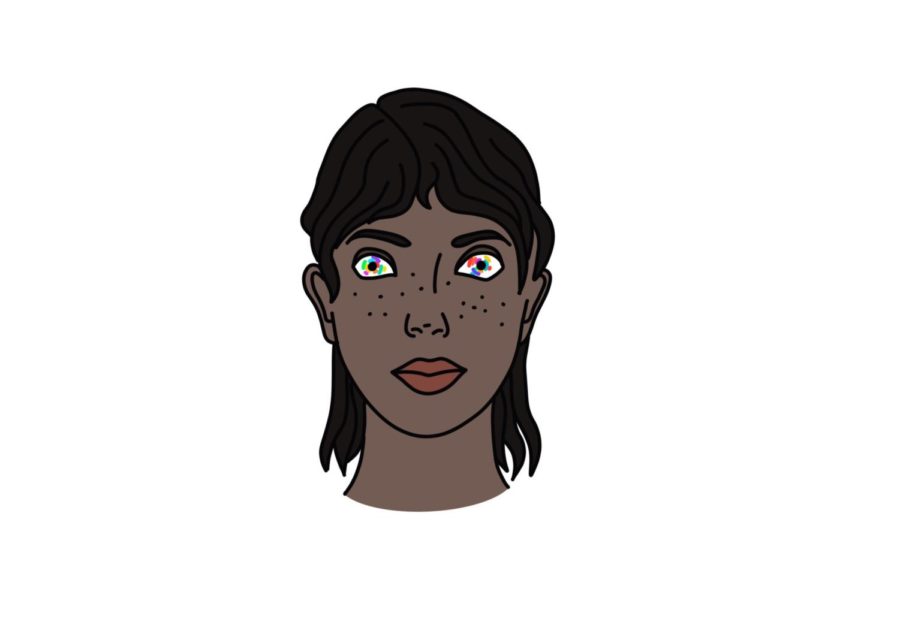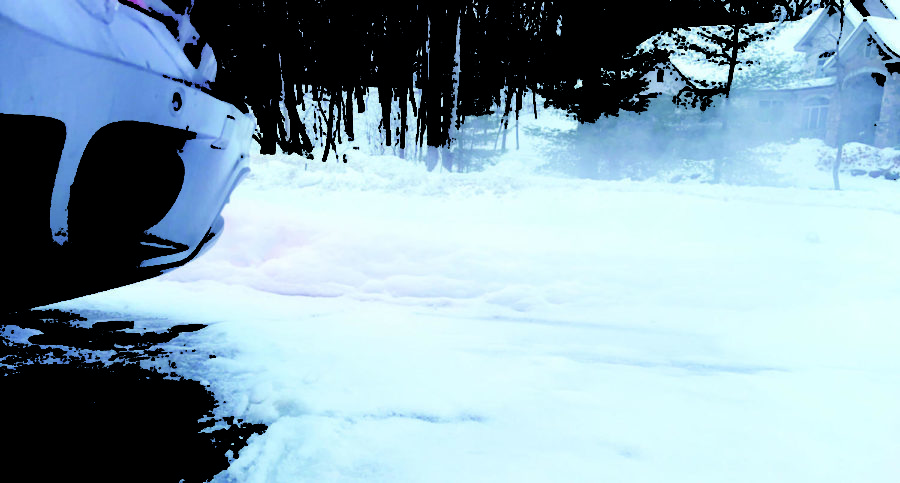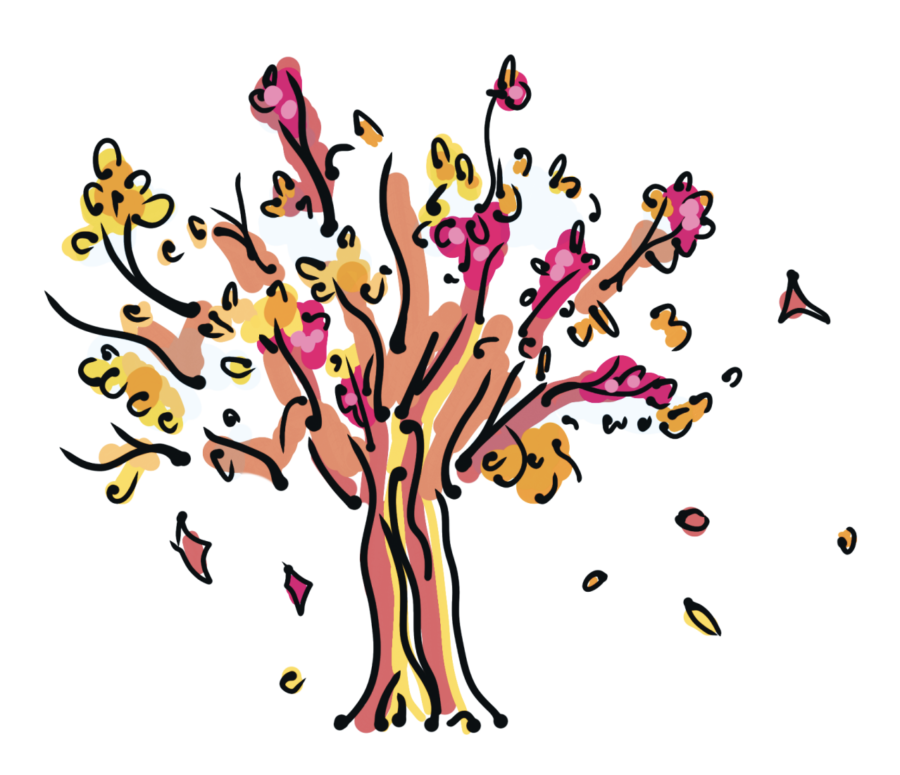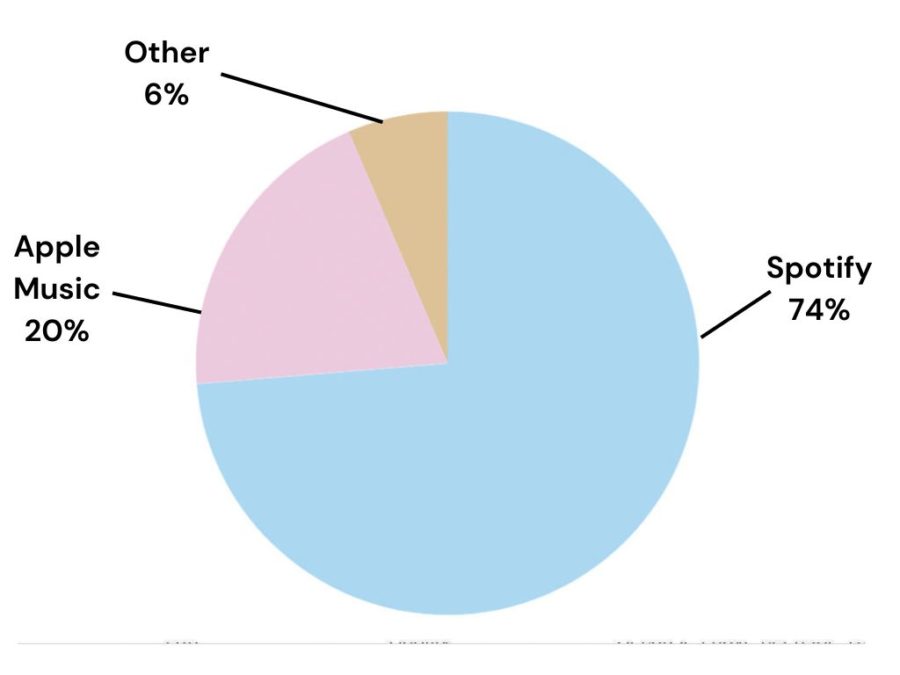Wearing a mask can be difficult and annoying. In light of many new variant COVID-19 strains, mask wearing is ever more essential and the following few tips might be helpful to consider in making the process more efficient and ultimately halting the disease.
It is important to note that even the newest strains are incapable of penetrating the initial layer of masks. That is, if your mask is up to par. The following will describe how to identify if your mask passes the CDC test and is adequate for usage.
First, make sure that the size of your mask is appropriate. Too loosely-fitting masks will not be effective and too tightly-fitting masks may irritate your skin and possibly cut off circulation. Furthermore, it should be clearly understood that most alternatives to masks like bandannas, scarves, or handkerchiefs are insufficient at preventing the disease from entering your respiratory system. To find the perfect size of mask, you should be able to feel that the bridge of the mask (the metal wire), wraps snugly around the nose. Then, the sides of the mask should be loose enough where your chin is not tightly wound up by the fabric.
Given the material of your mask, it can be possible to wash cyclically through usage. If your mask is a one-time-use mask that has the typical blue fabric, then you should be frequently cycling through new masks, throwing away the old ones.
If your mask is reusable, the fabric can withstand cleaning and should be thoroughly washed between usages. Some form of soap or detergent would suffice in cleaning the masks and afterwards, it is better to let it air dry than to squeeze out water or drying it off via towels.
If your mask is homemade, make sure that it is constructed and aligned with the guidelines laid out by the CDC. Make sure that your own mask is made with the appropriate material and is made properly. To identify if your new mask is adequate, double check the above steps and maintain they are followed.
Lastly, it is recommended to avoid touching the outside layer of masks. As all kind of particles and aerosols are trapped upon this surface, touching the outside could cause you to unintentionally spread the aerosols to other regions.
The following tips are miscellaneous and apply to specific scenarios that could be common in your life:
- Throw away your mask if it is wet in any way. Liquids on the barrier can render it useless.
- Wearing a mask doesn’t replace social distancing
- Refrain from cleaning masks with alcoholic content as it significantly decreases the mask’s effectiveness
- If you are one that wears glasses, continuous foggy lenses is an indication that your mask wire is not tight enough. Make sure that your glasses sit on top of the bridge of the mask.

